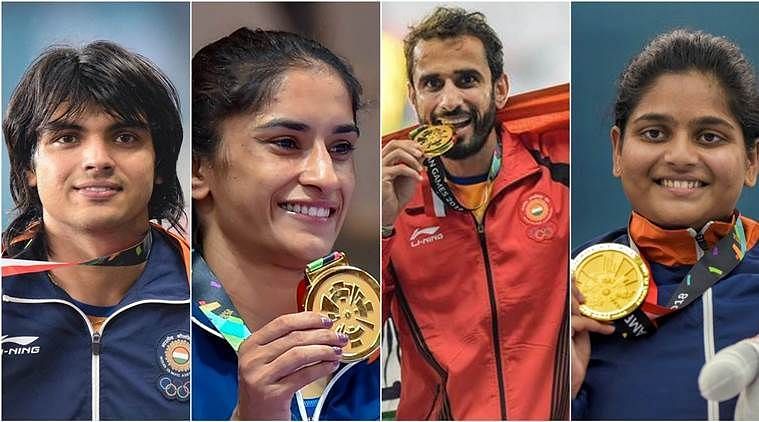
Asian Games 2018: Stepping stone for India's tryst with destiny at Tokyo Olympics 2020
Following 16 days of intense competition, riveting encounters, and manifestation of indomitable spirit by the athletes across 40 sports, the 18th Asian Games finally concluded with Rani Rampal leading the Indian contingent at the closing ceremony at Gelora Bung Karno Main Stadium, Jakarta.
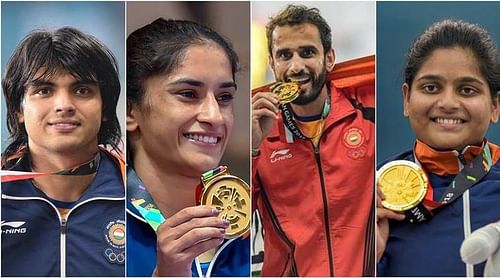
The Games were a mixed bag for India, as the subcontinental giant finished with its highest- ever medal haul with 69 podium finishes, eclipsing the previous feat of 65 medals it had achieved 8 years ago at Guangzhou. The flip side of the coin is that, India could have done better, but for the failures of some pre-tournament favourites to step up at the continental level.
India did improve on its medal count, but finished on the 8th position, replicating the spot of Incheon. There were historic firsts in disciplines like Javelin Throw and Table Tennis, there were some alarming firsts in the likes of Kabaddi. The exponential rise in less-heard disciplines such as Wushu, Sepaktakraw and Kurash was a pleasing sight.
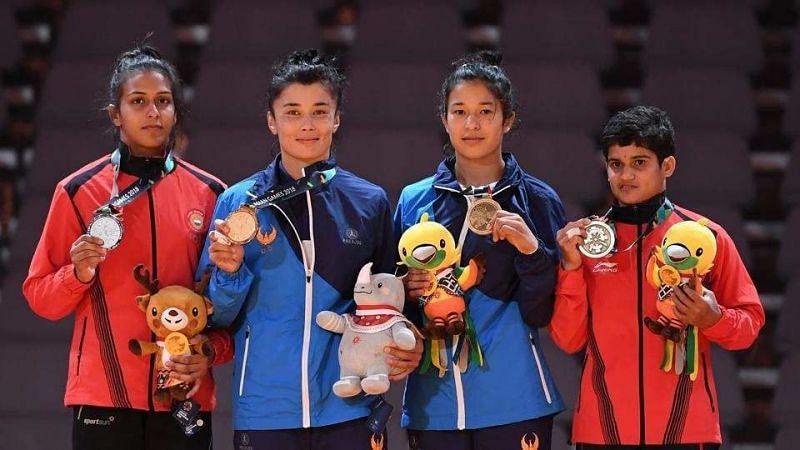
The continental extravaganza was a testing ground of the prowess exhibited at the Commonwealth Games in Gold Coast this year, while they also promised to function as a litmus test for the preparations ahead of the Tokyo Olympics 2020.
So what was the outcome of the quadrennial event, and what are the facets that it has stressed upon for scripting an unprecedented glory at the highest level, with less than 2 years to evaluate and execute?
At the outset, herculean displays in Commonwealth Games and Asian Games are not certain indicators of success at the Olympics. The most prominent case of the same is India's competitive run at the 2014 Commonwealth Games and Asian Games, followed by an abysmal downfall at the 2016 Rio Olympics, winning only two medals.
An Olympic medal requires an athlete to carry on the momentum; in fact, extend it, with increased focus, tenacity and training, instead of being carried away by the success. In fact, in certain sports, such as Hockey and in many events of athletics, there is lack of quality international competition.
However, this edition of the Asian Games has given India numerous reasons to believe and be optimistic for its Tryst With Destiny at the highest level. This edition of the quadrennial event was being widely envisaged for the exhibition 'The Spirit of New India ', and rightly so, the youth thrived under pressure, neither being intimidated by the nerves nor the audacity of their opponents.
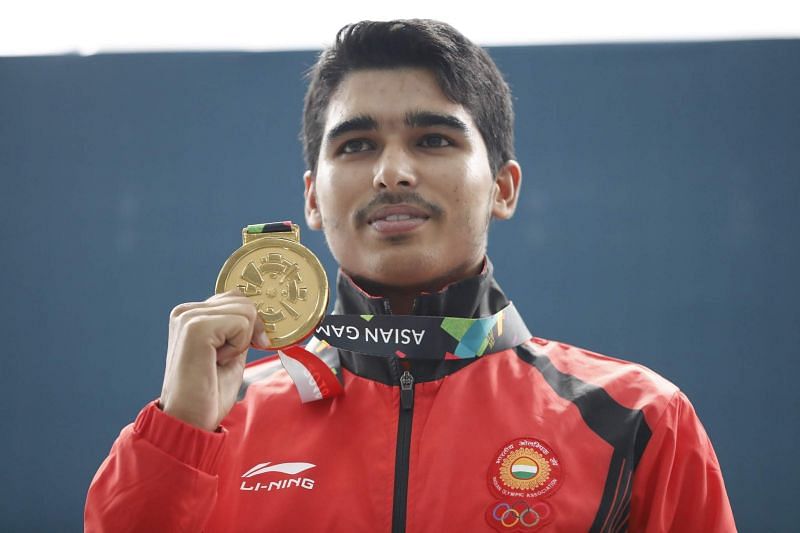
16-year-old Saurabh Chaudhary demonstrated great temperament to outwit four-time Olympic Gold Medallist Jin Jong-Oh of South Korea in Men's 10m air pistol. Amit Panghal punched his way to history by upstaging Hasanboy Dusmatov of Uzbekistan, one of the best boxers of his era and a double Olympic champion.
Jinson Johnson clocked 3:44.72 in the Men''s 1500m, more than 5 seconds faster than the reigning Olympic champion, Matthew Centrowitz Jr of USA. The Table Tennis squad outclassed traditional powerhouses such as Japan and South Korea en route to their path to glory.
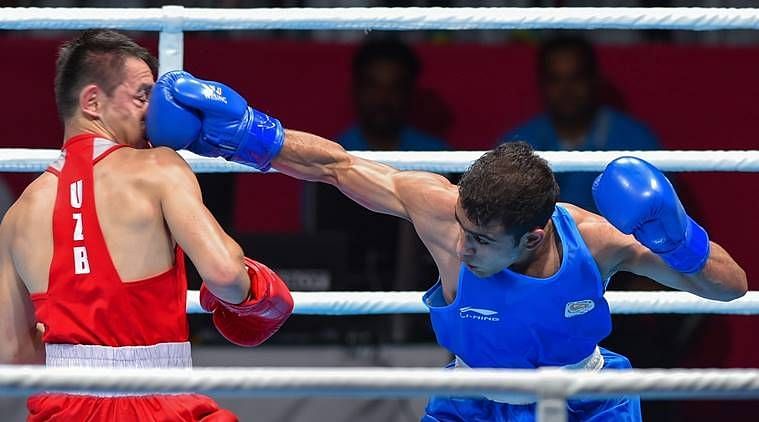
The argument, however, as discussed earlier, remains whether these athletes shall be able to replicate their performances at the Olympics. Or, will their heroics dwindle away, just as has been the case quite often?
Though sports planning is a highly complex venture, here are some basic measures that can be adopted:
1) The athletes should step up and seal the game once they are in the driver's seat. Quite often, Indians tend to go on the defensive mode after taking an early lead. This was evident in the Men's Hockey Semi-Final against Malaysia. Focus must be given on attacking mindset, to drive the opponent out of reckoning. The case of Bajrang Punia was a testimony of the same.
2) On numerous occasions, athletes get intimidated by the aura of their opponent, putting a psychological burden on their minds. It is necessary that the players back their skills and execute them to perfection in such cases. Amit Panghal and Saurabh Chaudhary personified these skills at Jakarta.
3) The athletes should not get daunted by the past, nor overawed by the magnitude of their future achievements.
4) Several events guarantee a bronze or a silver upon entering the knockout stages. With utmost regard to the athletes and their spirit, at the end of the day, they too are humans and might tend to be complacent with the assurance of a podium finish. Such tendencies should be avoided.
5) The administration has ushered in many positive changes to groom and nurture young talent. Initiatives such as Khelo India School Games and Target Olympic Podium Scheme (TOPS) must be promoted to tap at the grassroot level.
Thus, with positive vibes and progressive mindset, coupled with support from the fraternity and conducive infrastructure, India can certainly exhibit their radiance in The Land of Rising Sun in 2020.